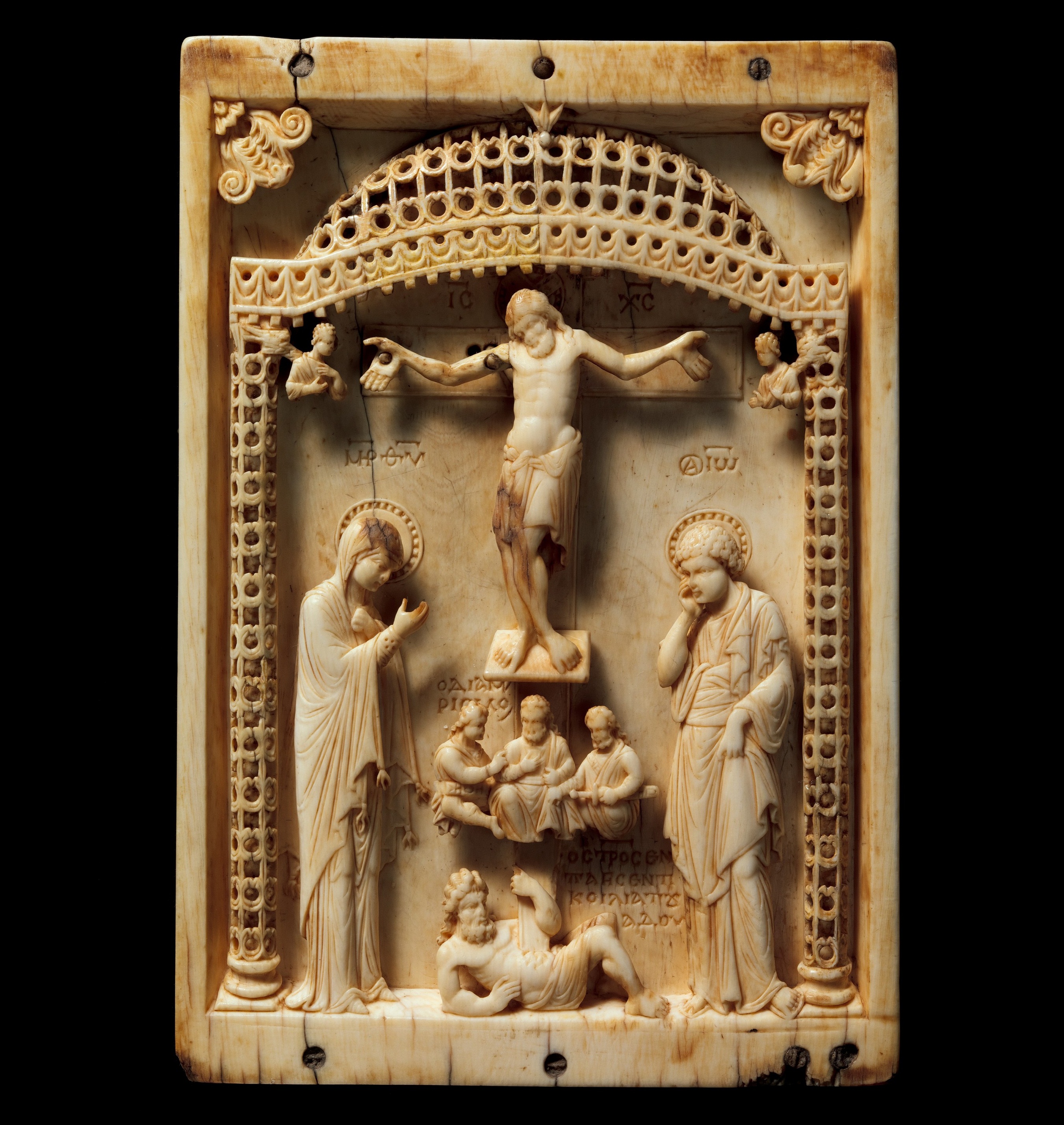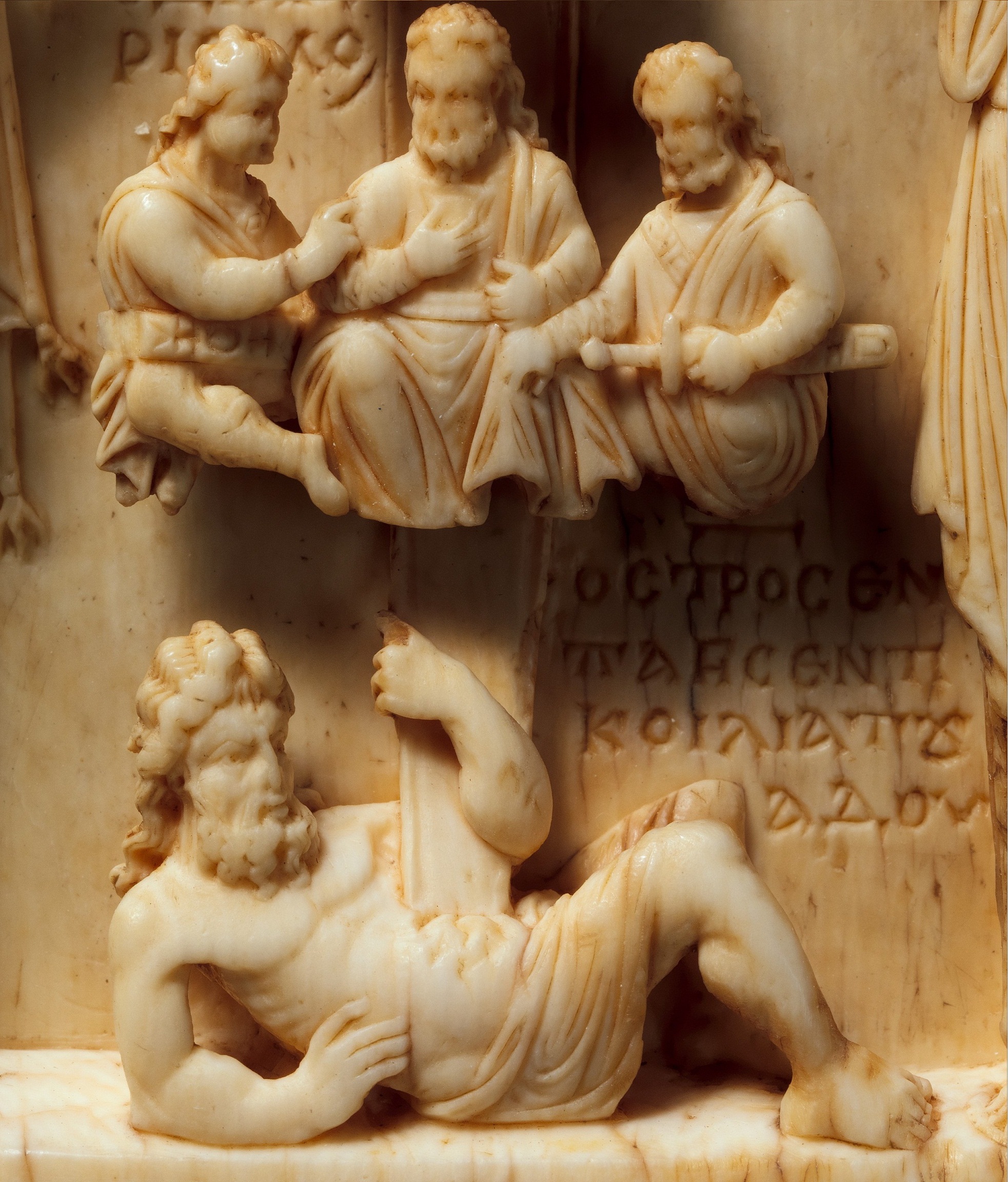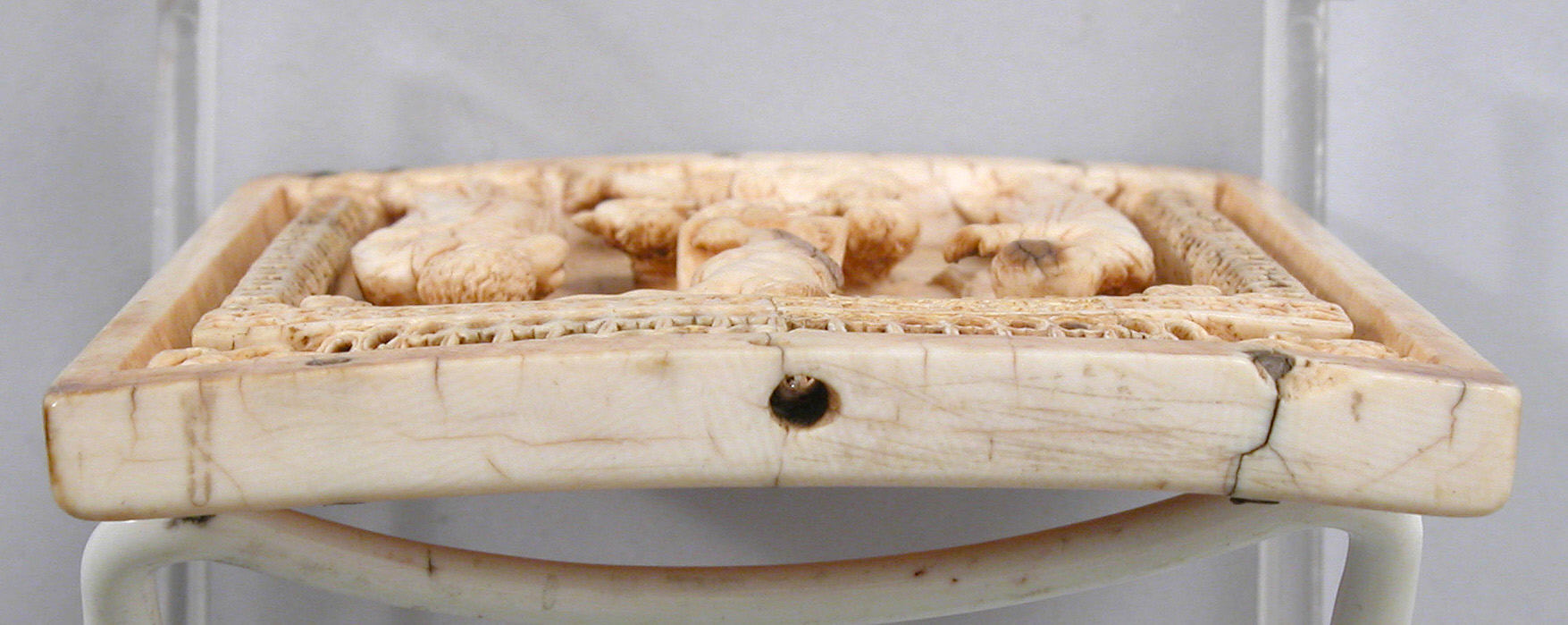
Constantinople was an advanced commercial center before worthy competitors appeared in Europe. Merchants from Africa, Asia, the Middle East flocked here, bringing jewelry, fabrics, ivory and much more. Rare materials became valuable raw materials for the creation of works of art. For example, masters carved icons from ivory, which were revered along with pictorial options. Iconoclasm in the 8th century led to the destruction of many works of religious art. Over time, the tradition of icon veneration resumed, and in the X-XI centuries. the manufacture of images from ivory reached its peak.

One of these icons of the 10th century is kept in the Metropolitan Museum of Art. The image of the crucifix is the only surviving fragment of the triptych. It was probably the personal property of a rich man. In the center of the composition, under a canopy, there is a figure of the crucified Jesus Christ, three men are sitting under it, possibly soldiers, since one of them is with a sword. Below is the defeated ancient Greek god Hades, the ruler of the underworld. This scene symbolizes the victory of the Savior over death and sin, as well as over the pagan world. The idea is emphasized by an important point: Hades is pierced by the base of the cross. On either side of the crucifix are two more figures - John and the Virgin Mary. The upper corners are decorated with palmettes, which are often found in medieval manuscript illustrations.

The author sought to emphasize the main theme so that his message was clearly remembered by the viewer. That is why he left free space under the canopy, without loading the picture with unnecessary elements that could distract from the main idea. If you want to know what technique is used in icon painting today, as well as purchase old and modern icons, go to this section on Violity.

